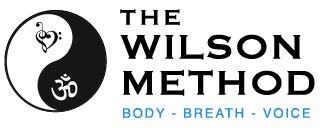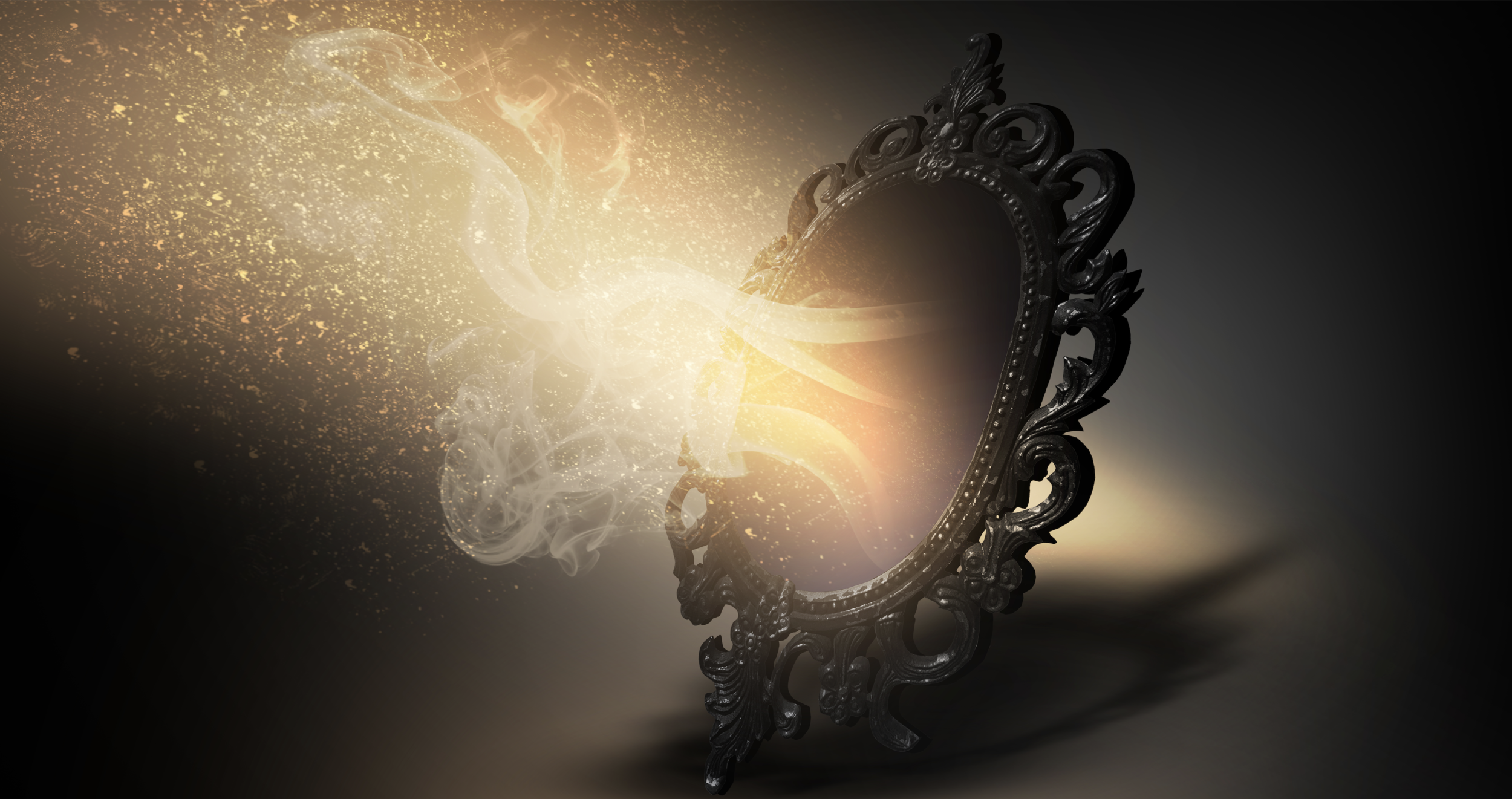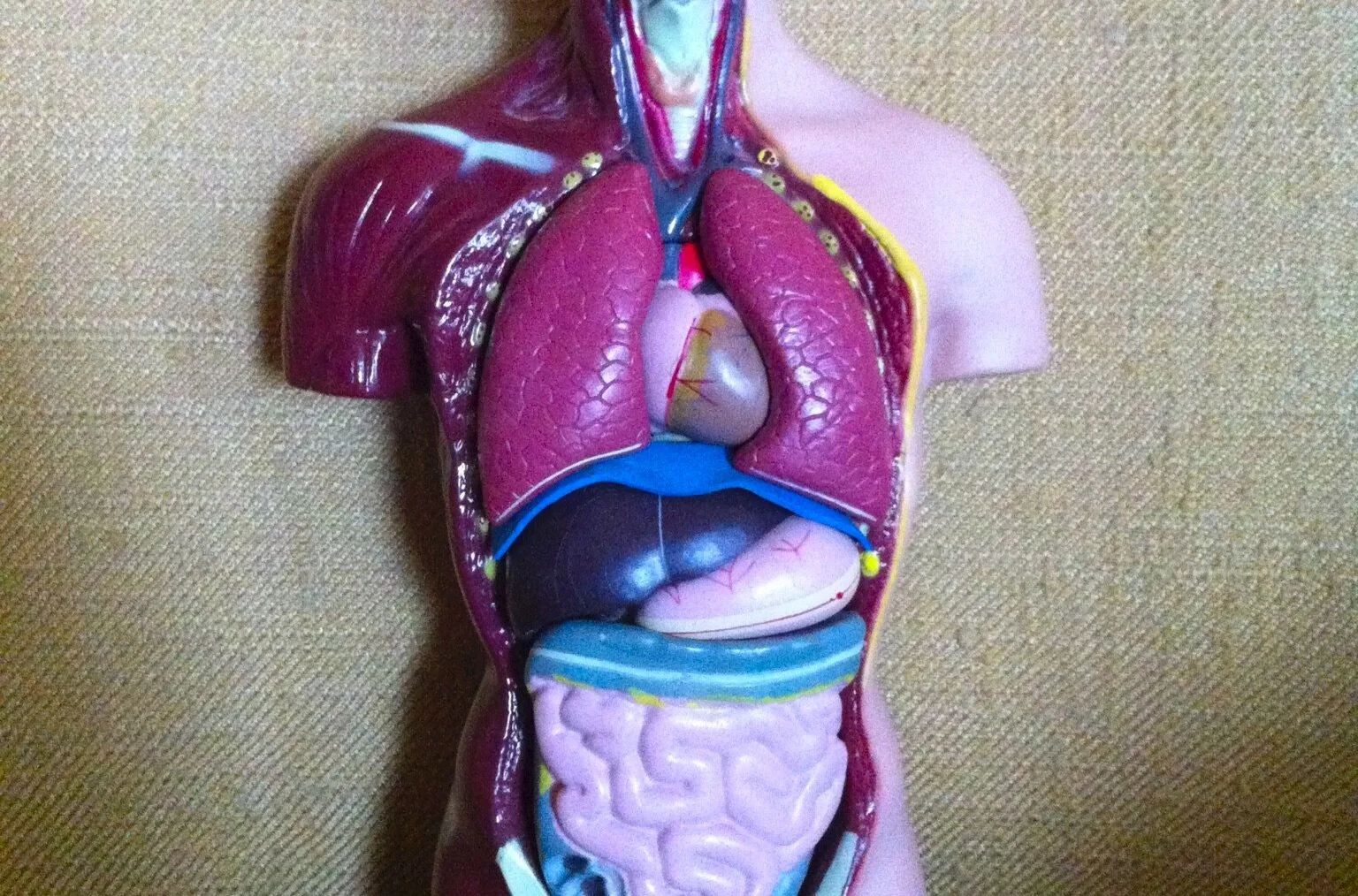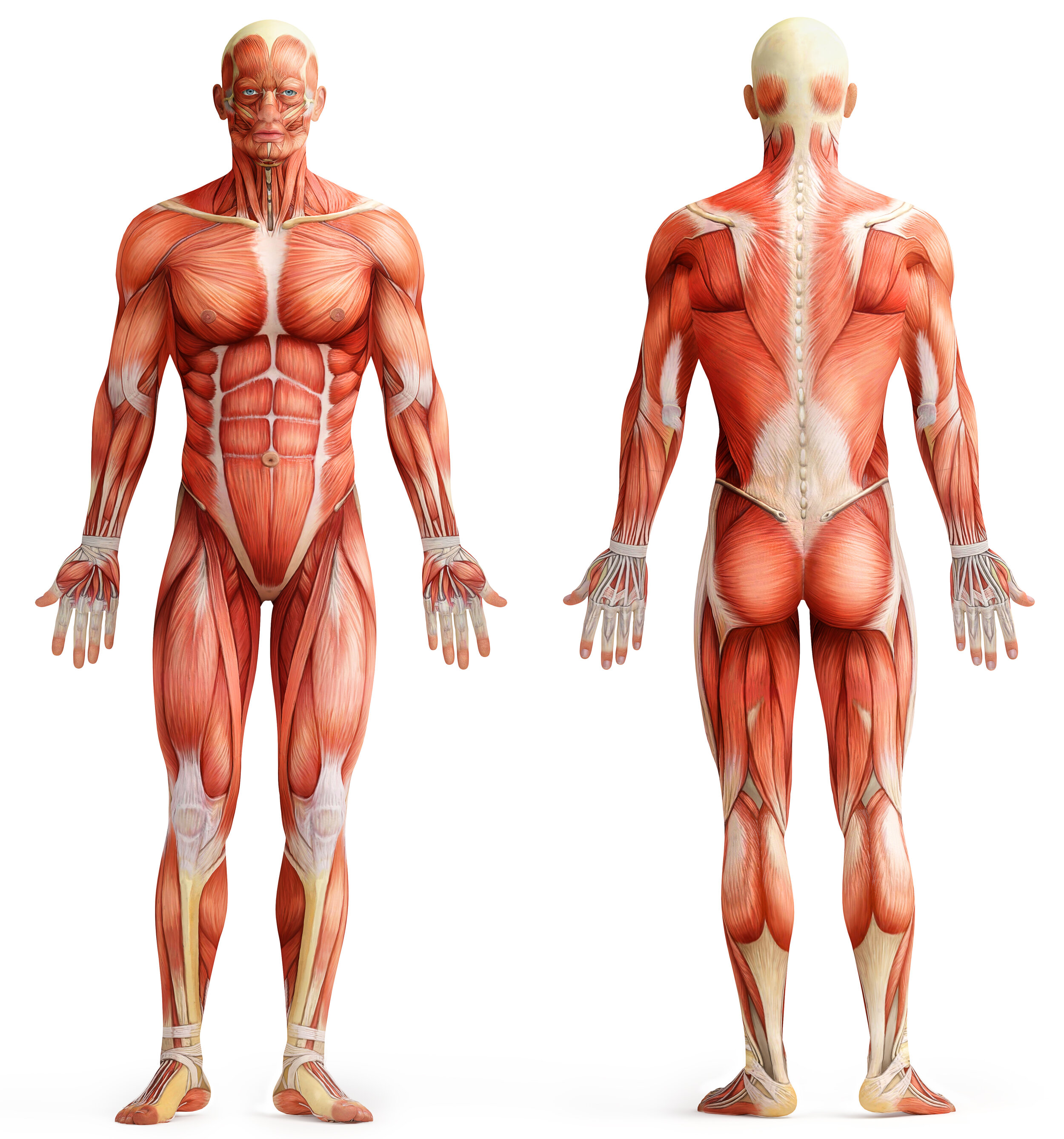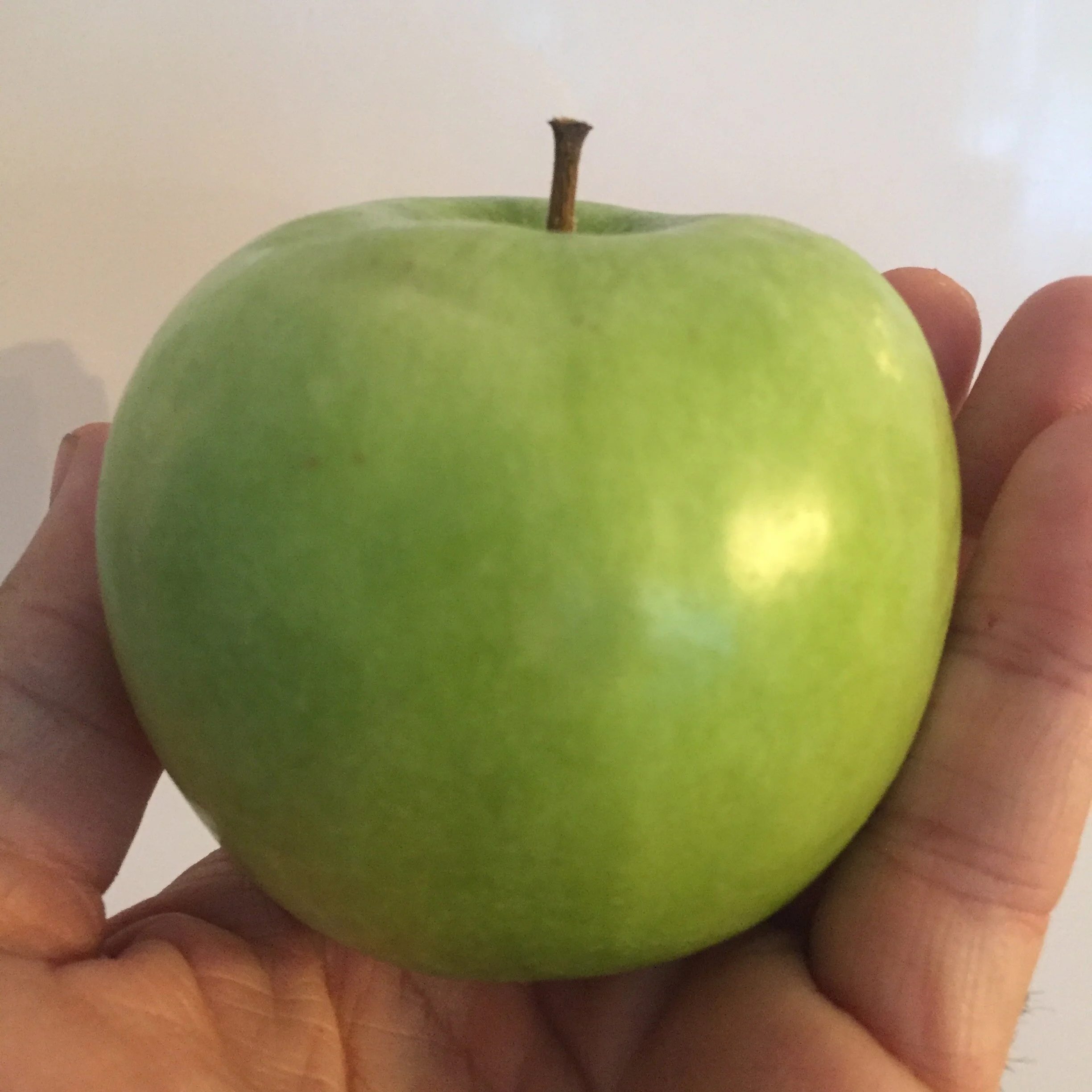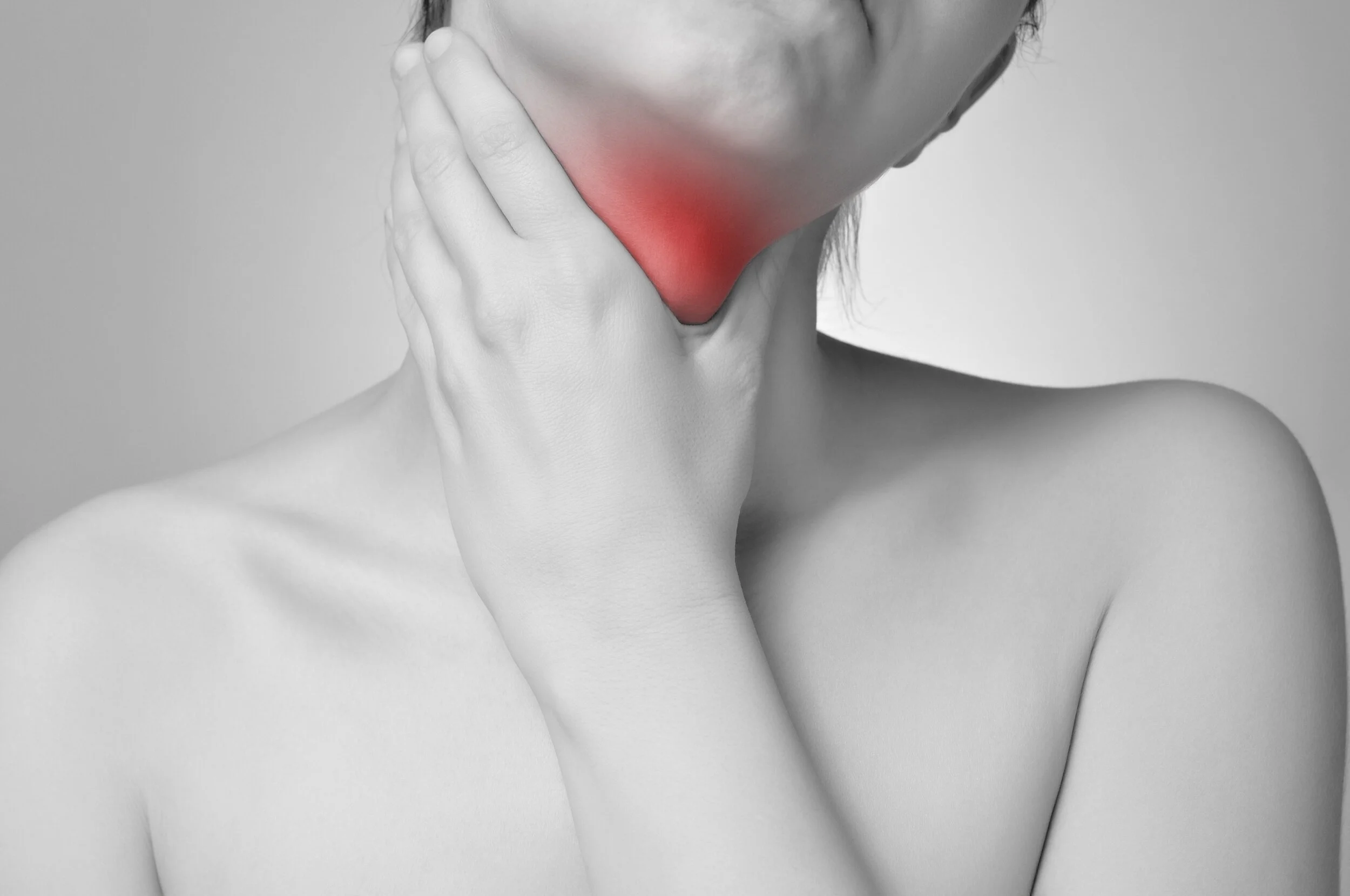Our surface abdominals are functionally upside-down. 😬🔃
The overuse of the upper RA (rectus abdominis or “sixpack”) while underusing the lower RA, shuts down our deep core: pelvic and thoracic diaphragms, psoas, TA (transversus abdominis) QL (quadratis lumborum) all tend to fall asleep.
And as a result, muscles above the solar plexus become over-used, tight and therefore impede healthy vocal technique.
This chronic contracting inwards toward the spine at the solar plexus area is causing literally hundreds of health issues (including anxiety, asthma, COPD, acid reflux, indigestion, hypertension, IBS, heart problems, lower back problems) as well as disappointing vocal technique.
This “anxiety squeeze” is our body’s physiological response to stress.
It not support. It is not appoggio. It is not “a strong core”. It can’t be deep core because it cuts us off from our lower body.
Next, we come to the Pectorals.
When we reach forward for stuff (including the keyboard), we are protracting our scapulae with our pectoralis minor in order to not interfere with the acromion process at the outer tips of our collar bone. This pec minor-based action (combined with the aforementioned upper trapezius) given time and repetitive strain, is what leads to rounded shoulders and poor posture.
This dropping and closing of our chest affects our voice and acting in a myriad of ways:
👉 Difficultly breathing into upper lungs
👉 Reduced stage presence
👉 Limited availability and connectivity on stage
👉 Lack of openness across chest
👉 Less effective diaphragmatic breathing
👉 Chest, neck, shoulder pain
👉 Tongue tension
👉 Lack of breath support
👉 Poor legato
👉 Lack of personal confidence
And then there are the Emoto-physiological states that can cause the pectorals to become tight and immobile:
👉 Lack of deep core engagement
👉 Asthma
👉 Anxiety
👉 Weak Serratus anterior
👉 Women: Large sisters
👉 Shrinking / hiding the heart
👉 Pelvic floor issues
👉 Hyper-tonicised rectus abdominis
👉 People pleasers
Some fabulous restorative exercises that help?
👉 Lying on Breath Balls between the shoulder blades to draw the mid traps to the midline, while opening and broadening the chest.
👉 Breath Ball myo-fascial massage directly to the pectorals.
🌀🌀🌀
Info on this and much more is available in my 8-page free user manual that comes with The Wilson Method Breath Balls. DM for info.
More Wilson Method downloadable breathing and singing resources coming soon to www.the-wilson-method.com
Expression that is fully embodied is fully believed.
The Trapezius. 💡
If engaged improperly, these three muscles: upper (descending), mid (transverse), and lower (ascending) can have a debilitating effect on respiratory function and vocal technique.
Why?
Because due to the anterior load, you can’t use the lungs or diaphragm to full capacity.
Emoto-physiological states that can cause “shoulder-hunching”:
👉 Lack of deep core engagement
👉 Asthma
👉 Anxiety
👉 Women: Large sisters
👉 Insecurity / hiding personal power
👉 Pelvic floor issues
👉 Hyper-tonicised rectus abdominis
👉 People pleasers
👉 Abdominal surgery
👉 IBS
👉 Depression
👉 Over-sitting
👉 Over-texting (kyphosis)
The cue “stand up straight” does not work as the fascia has set - will simply recruit other muscles (rectus abdominis, rhomboids and para-spirals) to do a job for which they were not intended, thereby creating more widespread tension: “Little Soldier” is no better than “The Thinker”.
The “stand up straight” cue is poor because it focusses on the anterior (front) side of the body... symptom stomping. The issue is based in the core and posterior (back) side.
I like:
“Let the shoulder blades drop down the back”, which in turn raises the sternum and chest without engaging the pectorals and strap muscles. 👌
All of us can use more awareness back there anyway. 🌀
Most people over 18 facing these challenges require consistent myo-fascial release work over a period of months:
👉 Backbends over large exercise ball
👉 Wilson Method 5” breath ball between the shoulder blades
👉 Massage
👉 Deep core strength work
👉 Inversions - handstands (strengthening and awareness)
👉 Shoulder rolls for upper/lower traps
👉 Midline glides for mid traps
So what muscles should we engage for proper breath support?
I’m glad you asked.
Finding our lower body takes time...
We are loading our tops and weakening our bottoms. 🤪.
Our physical core is our emotional core. There is not one singer or actor I have ever worked with that could use a little extra lower body awareness, strength and stability. ⬇️
There is no shame in this. It just is. Schooling gives us the perception that we are valued mostly for our brains; our center of gravity moves up to support our thinking... and we begin to lose our lower body in space.
This is where anxiety begins.
It’s ironic... the studies are in. Regular walks and runs make you smarter. Diaphragms, deep core and vagus nerve again.
For healthy speaking and singing (plus good health) most of us need to wake up the lower body and soften the upper body.
The more we involve our lower torso in our life, the better singing, acting and movement becomes.
Commitment = Creative Expression that is Fully Embodied. 💥
👉 Sumo
👉 Warrior
👉 Squats
👉 Weights
👉 Core work
👉 Wobble Board
👉 Breath Therapy
👉 TWM Breath Ball massage
If you own a voice, it’s good to know how to strengthen and maintain it. 💪💪💪
